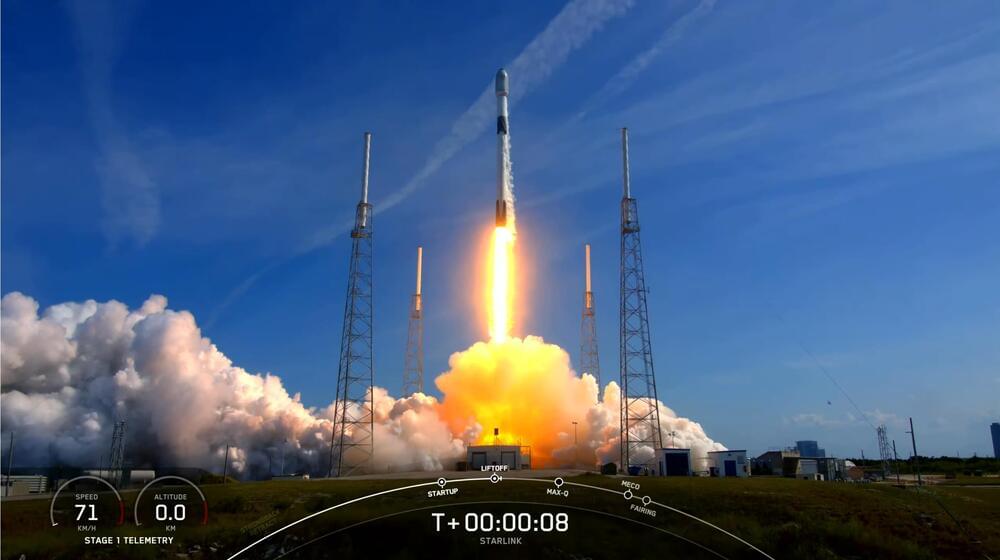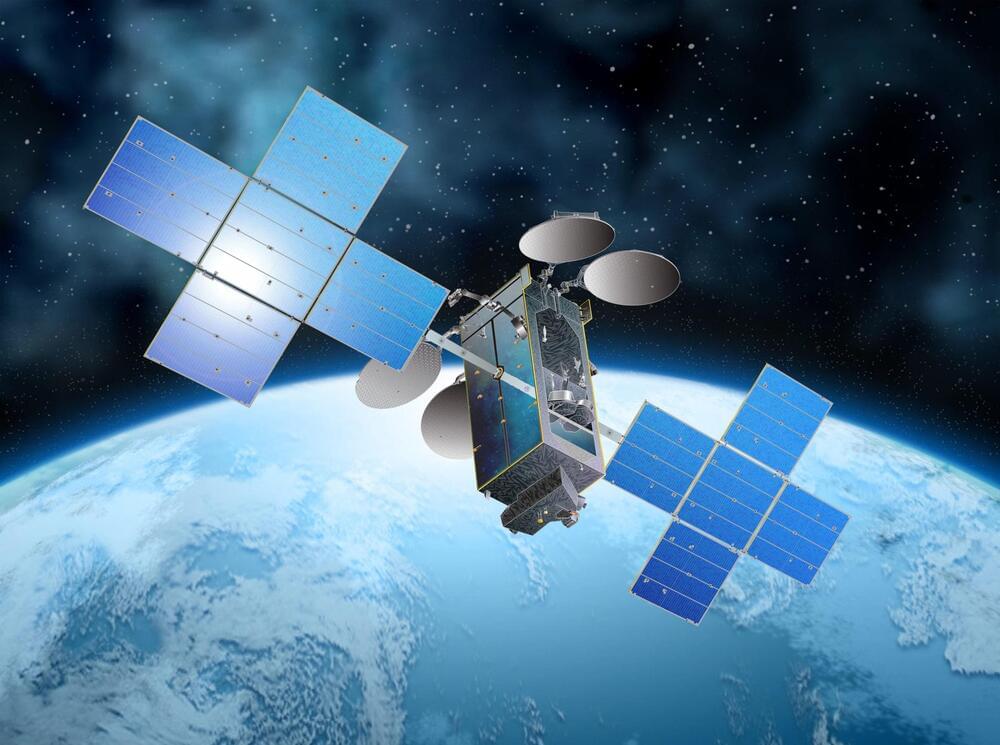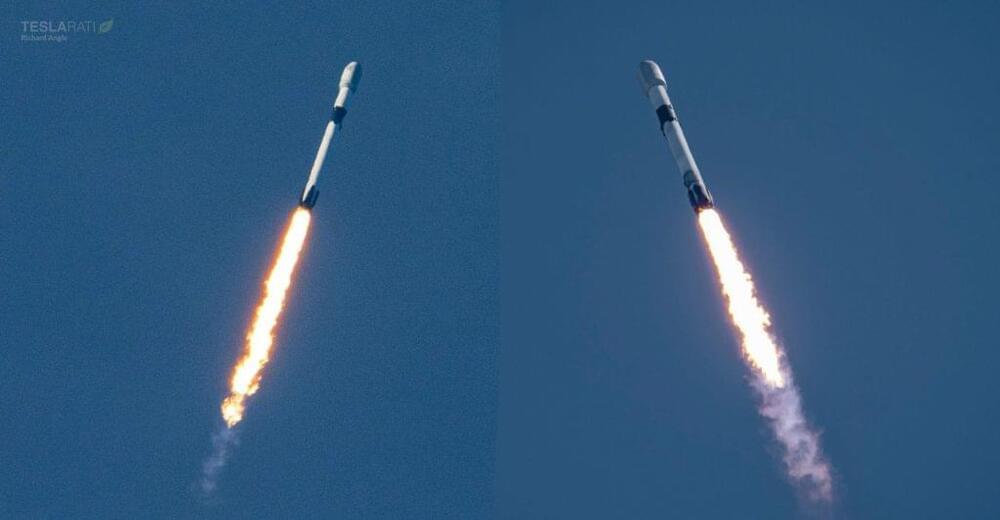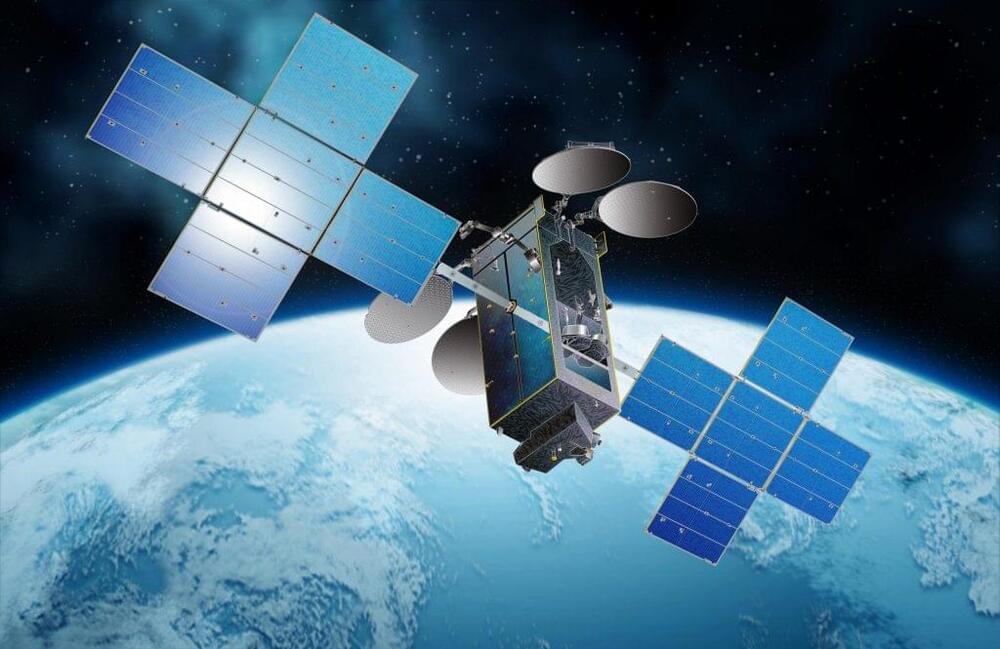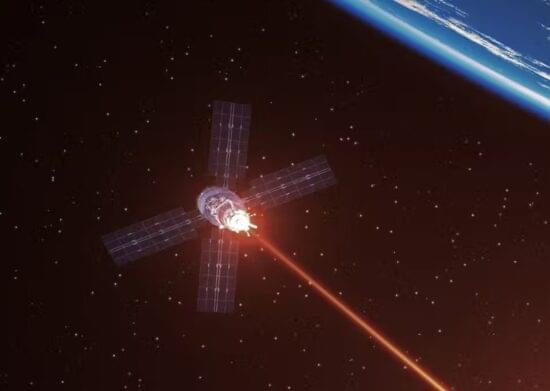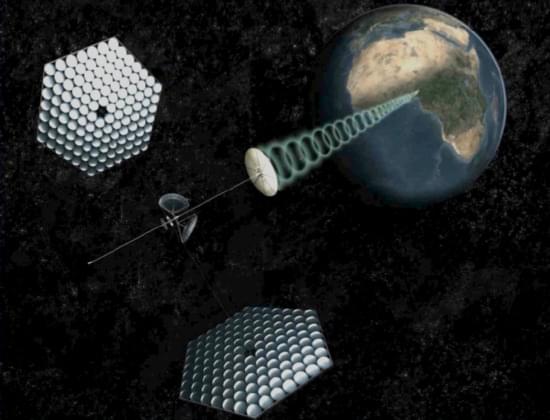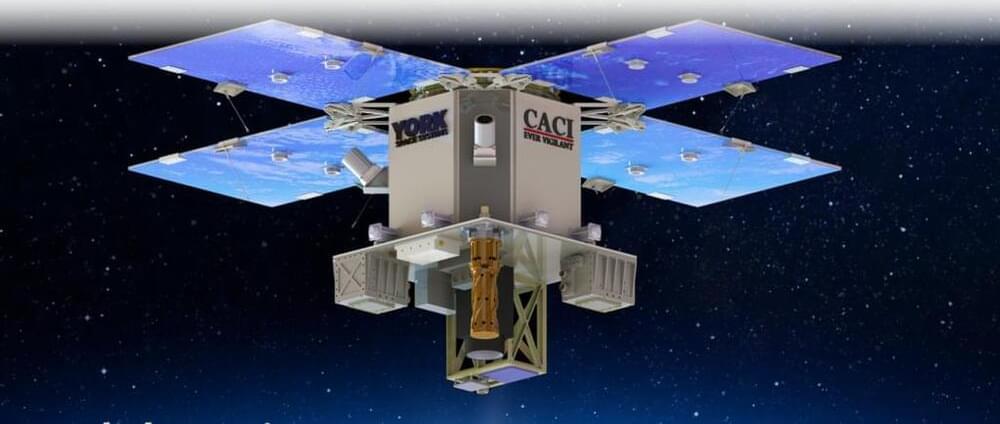May 18, 2022
SpaceX launches Starlink 4–15 mission, expands booster fleet
Posted by Eric Klien in categories: internet, robotics/AI, satellites
The reason the Falcon Heavy hasn’t flown in about 3 years is that the Falcon 9 ended up having about twice the capacity that was planned for and so the Falcon 9 took away many missions from the Falcon Heavy. (There will finally be some more Falcon Heavy missions later this year…)
Anyway, SpaceX has again increased the capacity of the Falcon 9. They have changed certain timings during flight like igniting the MVac engine a few seconds earlier than on other missions and are separating the fairing closer to stage separation to shed dead weight earlier in the flight.
Continue reading “SpaceX launches Starlink 4-15 mission, expands booster fleet” »
